HipKitty Working on Mick Jones Signature Amp
Part 1 – Plus Iso Tracks!
I love Mick Jones’ stuff. Simple riffs, great song hooks and I love the tone he has on some of the older tunes. It’s Marshall plexi, but…different. I’d always thought I heard something different there, anyway. Maybe it had to do with the odd wiring in his Les Paul. Wasn’t sure, but either way that plexi tone cut, man!
I brought the subject up on thegearpage.net and was told “that’s obviously just a straight plexi tone” or whatever…but nope. I can now officially say: I was right!
How do I know? Neal Logdahl, the brains and brawn behind boutique amp- and effect-maker HipKitty Products. Neal’s been working with Mick and Aaron “AJ” Srybnik, Mick’s guitar tech, on a new signature 100-watt head called The Headknocker.
Neal said: “I’ve been a long-time fan of Mick’s tones on those albums, and really love the tracks ‘Woman Oh Woman,’ ‘Double Vision,’ ‘Tramontane,’ ‘Blue Morning Blue Day,’ ‘Lonely Children’ and ‘Head Games.’ I wanted to design my first 100-watt amplifier with Mick’s assistance to achieve those tones.
“The Headknocker was designed to replicate the tones that Mick achieved from the first three Foreigner albums [Foreigner, Double Vision and Head Games], regardless of the guitar being used.”
And those tones were achieved with a Marshall 100-watt Super Lead plexi – modified many years ago in NYC “to alter the amp’s intrinsic tone and response, but not the gain structure.”
Mick said he doesn’t know what the mods were other than he knows it has 6L6s in place of the typical EL34 power tubes.
Aha!
That would explain why those signature riffs in Foreigner tunes cut through so well. “First Time” comes immediately to mind.
No ‘Inside’ Influences
The amp is still in Mick’s collection, though he doesn’t use it now. Interestingly, Neal never saw that head and didn’t want to:
“I purposely declined to get Mick’s Plexi in my possession so as to not allow any confusion on my circuit design and its approach and goal,” he said. “I think it’s easier for me to target the tones during the R&D process. [Keeping] Mick’s plexi out of the mix thus [allows] me strict focus.”
The Headknocker’s circuit design started with conversations among Mick, AJ and Neal covering general info and details of what gear Mick used for the actual recordings.
“My reference points were the isolated tracks sent over to me,” Neal said. Mick had Jeff Pilson (Foreigner’s bassist, formerly Dokken) send over just Mick’s guitar tracks from several songs in wav format. “These isolated tracks were extremely useful during the research and development stages that allowed me to design the circuit and transformers to achieve the goal,” Neal said.
I’ve heard these tracks, and like all iso tracks they’re awesome. On them you can really hear the distinct tone of Mick’s amp. Here are some, more coming in part 2. (If any copyright police read this, Mick himself has blessed the posting of these tracks.)
First Time
[audio:/FIRST TIME- Main Guitar.mp3]
Hot Blooded
[audio:/HOT BLOODED- Single Main Gtr.mp3]
Circuit
“In the end, my design does not look anything like a Marshall circuit,” Neal said. “The outward appearances may, but the circuit does not.”
Re: that circuit, the components are, not surprisingly:
Neal: “So far the project has taken well over a year, primarily getting stuff back and forth. It was a lofty goal with the design intent, so I have been very, very choosy when trying and settling on what component went where. It was far from “just throwing some circuits together” to see what worked and didn’t.
He added that the circuit “isn’t comparable to anything common to the marketplace. There are no amps on the market that claim, let alone achieve, a specific tone regardless of the type of guitar played through it.”
Well, Marshall JMPs and plexis don’t claim that but often do it! But they sure as heck don’t sound like Mick Jones’ tone.
Neal wouldn’t say much about the amp’s details, understandable in this age of amp- and stompbox copying, pirating, whatever you want to call it (this means you Bugera). Here’s what he did say:
> “The keys to flexibility with The Headknocker are the High and Low inputs, and the gain structuring with the Volume and Master Volume controls. The heart of the tone lies with the tone circuit – its component selection, output transformer, filtering and tube selection.”
> He used “custom-designed transformers, hand-selected capacitors, resistors that are individually measured for tight, consistent tolerances, [and] hand-selected preamp and output tubes.” He noted that all “are critical to the tone structuring.”
Guitars used in the tone-testing process:
> Gibson Les Paul Custom – DiMarzio 36th Anniversary in the bridge, DiMarzio Air Norton in the neck.
> Gibson Les Paul Standard – Smit’s CC2-N in the bridge, Gibson T-Top in the neck.
> Gibson Flying V – Smit’s BC10-2 in the bridge, Gibson Classic ’57 in the neck.
> Gibson ES-335 – Smit’s BC10-2 in the bridge, Duncan Jazz in the neck position.
> Gibson Les Paul Special – Smit’s P9000-2 in the bridge, Smit’s P5000-2 in the neck.
> Gibson SG Standard – WCR Filmore set.
> Fender Strat – DiMarzio HS-2s wired single coil in all positions.
> Fender Strat – stock American Fender pickups.
> Fender Tele – Smit’s VS-T3 set.
Neal, can I come over to your shop?! Wow!
* End of part 1 of 2 *
Then – you can hear that tone!
Now
Category: Gibson, HipKitty Products, Les Paul, Marshall, Mick Jones/Foreigner, Strat

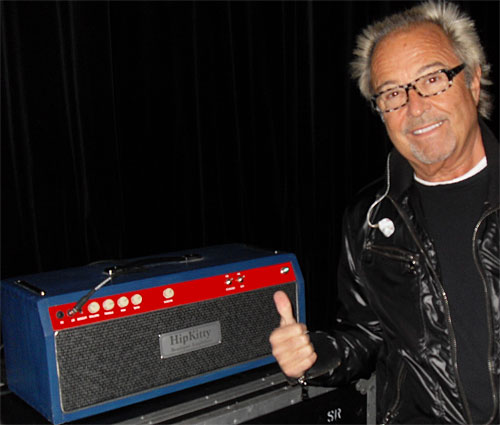





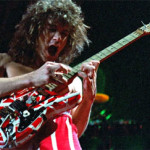
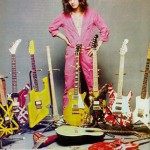
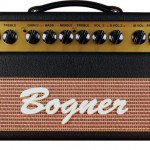
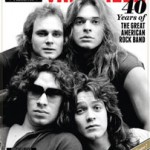
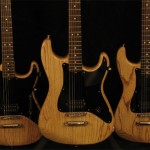

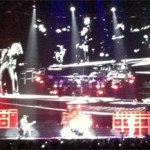
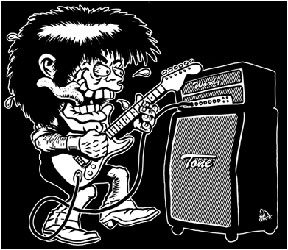

Are these iso tracks unprocessed? If they are then the natural sound of the Marshall is not being replicated, the produced sound is being replicated. First Time sounds doubled and I would suspect eq and compression are used on both tracks.
So this would be an analog amp emulator! A very specific emulator.
The iso tracks here are unprocessed; no eq, no compression. What you are hearing are the combined guitar tracks (left, right and sometimes center)